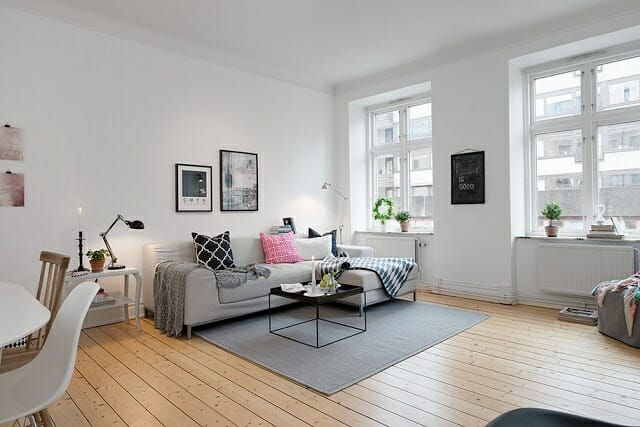When it comes to interior design modern and traditional go hand-in-hand. Traditional interior designs can be used by any age group and can be paired with any other style. They are characterized by matching furnishings with accessories to create symmetry around a central focus point. Moreover, they are also very versatile and can be incorporated into any room design scheme.
Less is more concept
The ‘Less is more’ concept is a common theme in both modern and traditional interior design. It’s a philosophy that emphasizes the use of minimal accessories and balance between occupied and empty spaces. This style is heavily influenced by De Stijl and Bauhaus design styles, and often includes vivid contrasting colors.
Furniture styles
If you are looking for a home that oozes comfort and warmth, consider a combination of modern and traditional furniture styles. While modern furniture is largely functional, traditional pieces are ornate and often made of dark wood. These woods are often stained in a rich hue for extra warmth.
Color palette
A color palette should tie together different functions and features of a room. Primary colors such as red, yellow, and blue are good for highlighting features of a room. These colors go well with dark wooden furniture.
Decorative woodwork
Decorative woodwork is a classic element in interior design, whether modern or traditional. It can be crafted into various designs and features, and complements any color and style.
Patterns
If you’re looking for a way to add some fun to your interior design scheme, patterns are a great way to make your room stand out. These designs are available in several different styles and are perfect for both traditional and modern settings. For a modern and contemporary look, go for a geometric motif. Geometric patterns are simple and fun, and they’re perfect for decorating a modern home. You can also try using abstract designs, like wavy lines or brush strokes. And for those looking for a more traditional look, consider using floral or other traditional patterns.
Transitional style
The transitional style fuses elements of both the traditional and modern styles. For example, a transitional living room can have a reclaimed brick fireplace or wide plank pine floors. It also features clean lines and a neutral color palette. Authentic furniture and antiques can add heft and lightness to the space.
